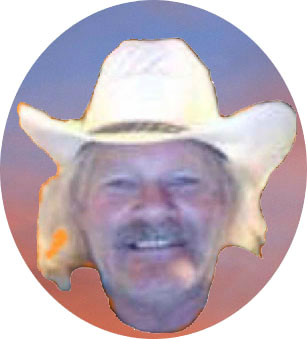Anglo-Nubians were developed in England by crossing British goats with bucks of African and Indian origin.
The Anglo Nubian is an all-purpose goat, useful for meat, milk and hide production. It is not a heavy milk producer but has a high average butter fat content (between four and five percent). The Anglo Nubian breeding season is much longer than that of the Swiss breeds so it is possible to produce milk year round.
|
Click to enlarge photos will appear here
|
As it is the best suited of the dairy goat breeds to hot conditions, the Anglo Nubian has been used in grading-up programs in many tropical countries to increase the milk and meat production of local breeds.
The Anglo-Nubian is a relatively large, proud, and graceful dairy goat. The Anglo-Nubian goat is named for Nubia, in northeastern Africa. The originally goats imported from Africa, Arabia and India were long-legged, hardy goats that had some characteristics desired by goat breeders in England. English breeders crossed these imported bucks on the common short-haired does of England prior to 1895 to develop the Anglo-Nubian goat. In the United States the breed is usually spoken of as the Nubian.
The Anglo-Nubian is regarded as an "aristocratic" appearing goat and has very long, pendulous ears that hang close to the head. The Anglo-Nubian carries a decidedly Roman nose and is always short-haired.
Any solid or parti-colored coat is permitted in the Anglo-Nubian, but black, red or tan are the most common colors, any of which may be carried on combination with white. Usually there is shorter hair on the Anglo-Nubian males, particularly along the back and on the thigh, than is commonly found on the Swiss breeds.
The udder of the Anglo-Nubian is capacious but is sometimes more pendulous than that of the Swiss breeds. A mature doe should stand at least 30 inches at the withers and weigh 135 pounds or over, while the males should stand at least 35 inches at the withers and weigh at least 175 pounds. The Anglo-Nubian usually gives less milk than the Swiss breeds, but produces a milk of higher butterfat content.
The head is the distinctive breed characteristic, with the facial profile between the eyes and the muzzle being strongly convex. The ears are long (extending at least one inch beyond the muzzle when held flat along the face), wide and pendulous. They lie close to the head at the temple and flare slightly out and well forward at the rounded tip, forming a "bell" shape. The ears are not thick, with the cartilage well defined. The hair is short, fine and glossy.
Any color or colors, solid or patterned, is acceptable.
Reference:
Briggs, Hilton M and D.M. Briggs. 1980. Modern Breeds of Livestock. Forth Edition, MacMillan Company
Mason, I.L. World Dictionary of Livestock Breeds. Third Edition. C.A.B International. 1988
Handbook of Australian Livestock, Australian Meat & Livestock Corporation,1989, 3rd Edition
About the author:

|
About the author: Gary Pfalzbot is a Service Connected Disabled Veteran and the web master of GoatWorld as well as some other web sites. He has raised goats over the years, been involved with 4-H (as a young boy) and currently resides in Colorado where he and his wife Pam raise a few breeds of goats and other animals, and primarily author the GoatWorld web site to continue to inform, educate, and promote the industry.
|
|










